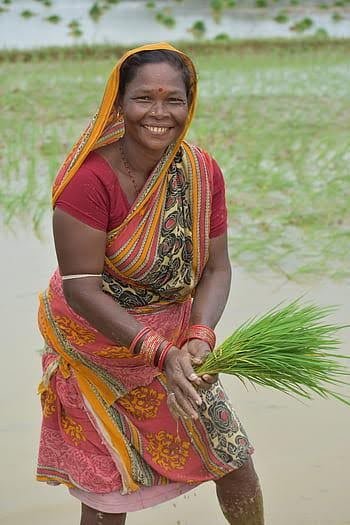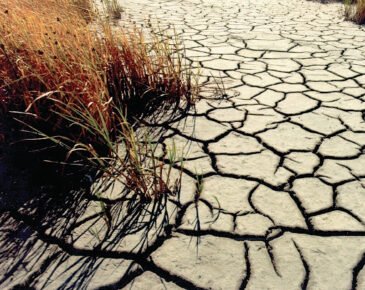Smart irrigation systems read certain factors of soil, water availability & crop quality to decide when and how much to water. This may prove a boon to farmers.
In many parts of the world today, water is no longer just given. Fields lie dry. Crops fail. And the farmers who depend on the land for survival are left waiting for a rain that does not come. For many drought-hit regions, this situation is proving fatal. But amid this crisis, a quiet solution is taking root, one that does not rely on the clouds but on information and timing. Smart irrigation systems: not a miracle, not an advanced futuristic machine, just simple, thoughtful use of water, right when and where it is needed.
These are more than just sprinklers with timers. They are tools designed to understand the needs of the soil, the crop, and the climate. Unlike traditional watering methods, which often waste more water than they use, these systems work by sensing moisture levels, checking weather forecasts, and adjusting water flow accordingly.
Imagine a small sensor planted in the soil. It tells the system when the ground is dry, and how dry it really is. Then, based on real-time data, temperature, rainfall chances, and sunlight hours, the system waters the crops. Just enough. Just in time. There is no guesswork, no overwatering, and more importantly, no waiting for rainfall that may never come.
In such dry regions, water is often rationed, if available at all. Traditional farming in these areas becomes nearly impossible. But this smart system can change that. These systems make it possible to grow food even when water is scarce by using every drop wisely. They help farmers plan better. They bring stability to regions where agriculture is constantly under threat.
For example, instead of flooding a field every morning, a smart irrigation facility might water only the dry patches, that too when needed. It can even avoid watering altogether if rain is expected later that day. This kind of precision makes a huge difference. In some places, water use has dropped by more than half, while crop yield has remained steady or even improved. In regions where every litre matters, that is no small thing.

When a smart facility for irrigation is introduced to a drought-hit region, the benefits do not stop at the first harvest. Over time, they begin to multiply. For instance:
Soil health: Soil health improves. Overwatering and waterlogging are common with traditional methods, which often strip the land of its nutrients. With better moisture control, the soil can breathe and stay fertile longer.
Economic relief: With better yields and less water use, farmers spend less on water and energy. Some even turn to solar-powered systems, cutting fuel costs entirely. It becomes a cycle of savings and growth.
Farmers & family: As farming becomes more reliable, families are less likely to migrate. Local food supply improves. Suicide rates among farmers can be reduced to zero. Communities find reasons to stay, to build, and to look forward.
In the long run, smart irrigation is not just about water. It is about resilience. It is about giving farmers back their control over the land. And it is about using technology not as a luxury, but as a lifeline.

The idea behind smart irrigation is simple: water only when it is needed, and never more than required. But its effect, especially in drought-hit regions, is not small. This system is not about replacing farmers with machines. It is about supporting them with better tools. Tools that respect the land, the climate, and the challenges that come with both.
As we look at the future of farming, especially in regions where rain is becoming rare, solutions like these are not just helpful, they are essential. And if used wisely, they might just bring green back to places that have forgotten what a full field looks like. In the end, smart irrigation is not just smart. It is kind. It is careful. And it might be one of the most human ways technology has touched the soil so far.
References:
https://safblogs.com/how-can-sustainable-farming-reduce-water-footprints/
https://news.mit.edu/2023/gear-lab-creates-affordable-user-driven-smart-irrigation-controller-1025
https://growingsolarmist.com/solar-powered-irrigation-systems-economic-impact-for-farmers/
https://www.sciencedirect.com/science/article/abs/pii/S0378377418319449
https://wokegenics.com/the-future-of-cities-smart-tech-urban-innovation/
https://wokegenics.com/the-future-of-earth-climate-change-starts-now/
https://wokegenics.com/green-future-2025-top-eco-tech-solutions/
https://wokegenics.com/initiatives-taken-by-govt-towards-technological-development/
https://wokegenics.com/do-air-quality-monitors-work-lets-find-out/